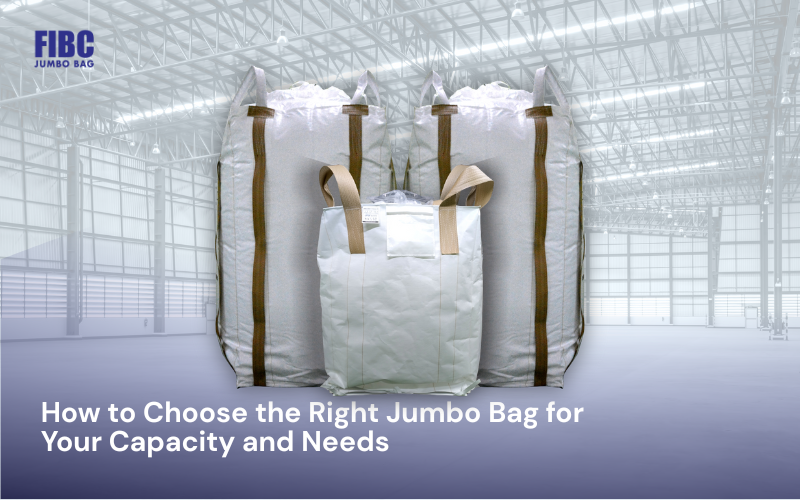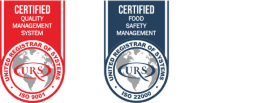Across various industrial sectors—from food, chemicals, and mining to agriculture—Jumbo Bags or FIBC (Flexible Intermediate Bulk Containers) have become the backbone of logistics operations. Their ability to carry large loads, reduce transport costs, and store bulk materials efficiently makes them a top packaging choice.
But did you know? Many companies still face losses due to using the wrong type of jumbo bag. That’s why it’s important to understand how to choose the right jumbo bag that fits both your capacity and material needs.
A bag that looks “large and strong” might not be suitable for every type of material. Some tear during transit due to overfill. Others may leak because they lack an inner liner when carrying fine powders. In certain cases, export shipments are rejected simply because the packaging doesn’t meet food-grade standards.
These problems are not just technical. They can directly impact business reputation, production efficiency, and workplace safety. So, before discussing price or volume, the most important question is: have you chosen the right jumbo bag for your specific needs?
Identify the Type of Material Being Packed
The first step in choosing the right jumbo bag is understanding the physical characteristics of the material to be stored or shipped:
- Fine powders such as flour, cement, or activated carbon: use jumbo bags with an inner liner to prevent particle leakage.
- Granular or coarse materials such as corn, fertilizer, or sand: can be packed with standard bags without liners.
- Hazardous or flammable materials: select antistatic jumbo bags (Type C or D) to avoid explosion risks due to static electricity.
Making the right match is not just about product protection, it also ensures safe handling during distribution.
Match the Capacity with the Material Weight
One of the most common mistakes when selecting a jumbo bag is miscalculating the bulk density of the material. Jumbo bags generally come in capacities ranging from 500 kg to 2,000 kg, with volumes between 0.5 and 2 m³.
However, each material has a different density:
| Material | Estimated Bulk Density (kg/m³) |
|---|---|
| Dry Sand | 1.600 |
| Wheat Flour | 593 |
| Urea Fertilizer | 750–800 |
| Dried Corn | 720 |
Example:
If you want to package 1 m³ of sand, the total weight would be around 1,600 kg. Therefore, you will need a jumbo bag with at least 1.6-ton capacity, and one that is structurally designed to withstand that weight.
In addition, always check the Safety Factor (SF). For example, 5:1 or 6:1 means the bag has been tested to withstand five or six times its nominal capacity. For reusable applications, SF 6:1 is the recommended choice.
Choosing a jumbo bag with insufficient strength may result in deformation, lifting failure, or even workplace incidents.
Consider Filling and Discharge Features
While often overlooked, choosing the right filling and discharge design can make a big difference in field performance:
- Top Spout – ideal for automatic filling using machines
- Duffle/Skirt Top – flexible for manual filling
- Bottom Discharge Spout – enables emptying without flipping the bag
- Flat Bottom – suitable for one-way shipping or single use
Choosing the right features can save time, reduce labor, and minimize leakage risk.
Ensure Standards and Certifications Are Met
Certifications are especially important in food and export-related industries. Choose jumbo bags from manufacturers that meet:
- ISO 9001 – quality management system
- ISO 22000 / HACCP – for food safety and processing
- Halal MUI – for food products requiring halal certification
Conduct lifting and quality tests to ensure durability during loading, stacking, and shipping.
By choosing certified jumbo bags, you also help maintain your company’s reputation and ensure smoother customer audits.
FIBC Indonesia serves the jumbo bag needs of multiple industrial sectors across Indonesia. We provide a complete range of options with capacities from 500 kg to 2 tons, certified and tailored to your application.


